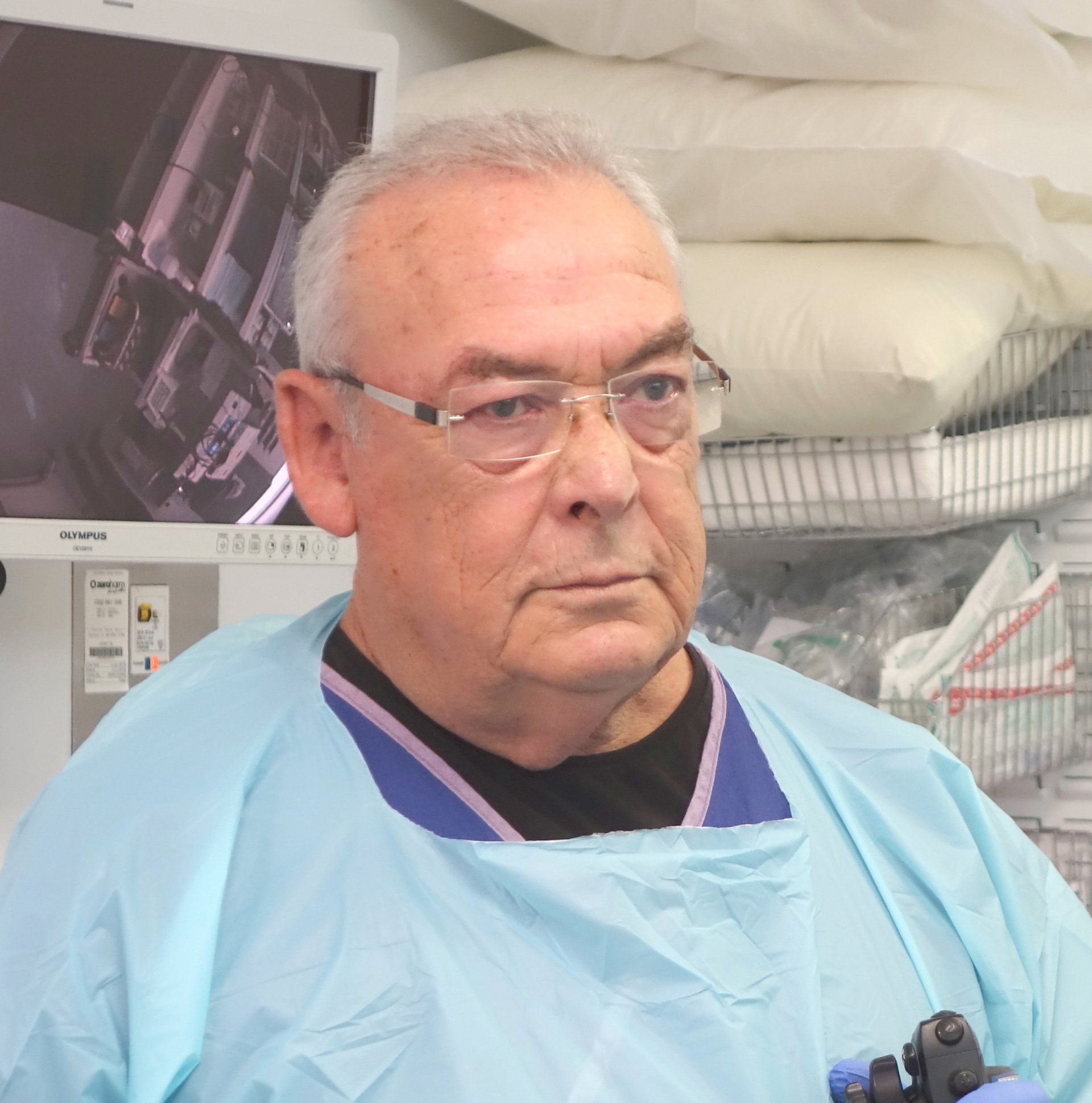Primary Sclerosing Cholangitis
What is Primary Sclerosing Cholangitis (PSC)?
Primary sclerosing cholangitis (PSC) belongs to the family of ‘cholestatic liver diseases and it is a progressive, chronic disease of the liver and gall bladder.
It is characterized by slow damage to the bile ducts by inflammation (cholangitis), atypical development of fibrous tissue (fibrosis) and scarring.
As a result, there is an obstruction or disturbance of bile flow from the liver (cholestasis). PSC is also called,
- Chronic Obliterative Cholangitis
- Fibrosing Cholangitis
- PSC
- Stenosing Cholangitis
What are the Affected Populations of Primary Sclerosing Cholangitis?
PSC is a rare condition which can occur in children, women, and men at any age. However, it most commonly affects 30 to 40-year-old men. This indicates that men are twice as more at risk than women.
Primary sclerosing cholangitis is mostly associated with other diseases such as
- inflammatory bowel disease (IBD),
- ulcerative colitis (UC) and
- Crohn’s disease occasionally,
with ulcerative colitis being 75% more common. Moreover, various other autoimmune diseases are also said to be associated with PSC.
Effects on the Anatomical Structure
The main anatomical structure being affected by Primary sclerosing cholangitis is the bile duct, as it undergoes inflammation (cholangitis), which further leads to narrowing of the duct, known as stricturing, and ultimately leading to ducts hardening (sclerosis) by the formation of scar within and/or outside the liver.
The flow of the bile is disturbed owing to the bile duct’s scarring, which causes liver injury ultimately.
Causes of PSC
There are various factors causing Primary sclerosing cholangitis, such as genetic, environmental and immunologic. However, there is still a lack of evidence to determine the exact factors causing PSC.
PSC is an autoimmune disease, triggered either by an infectious or contaminated mediator which causes progressive damage to the bile ducts.
The development of PSC is greatly governed by genetics, therefore first-degree relatives, such as siblings have a greater incidence of disease. There is evidence to suggest that sixteen various genetic regions have found to be associated with this disease. Despite the lack of evidence, three evident points for the cause of PSC are,
- Association between the intestinal microbiota and PSC
- Cellular senescence and the senescence-associated secretory phenotype (SASP).
- Long-lasting associations between PSC and human leukocyte antigen (HLA).
Signs & Symptoms of PSC
PSC is asymptomatic in nearly half of the people affected by it, however, the signs and symptoms of PSC include,
- Continuous severe itching (pruritus)
- Tiredness and depression
- Yellow skin and sclera discolouration (Jaundice)
- Liver and spleen enlargement in nearly 40% of the affected individuals
- Abdominal pain in nearly 20% affected individuals.
- Acute cholangitis (infection within the bile ducts
- Dark urine owing to the surplus conjugated bilirubin
- Steatorrhea (fatty stool) and fat malabsorption, due to the inadequacy of bile, leading to reduced vitamins, A, D, E, and K absorption
- Portal hypertension
- Hepatic encephalopathy
- Biliary stones
Types of PSC
Based on the location of damage (small and/or large bile ducts), Primary sclerosing cholangitis is generally classified into three types,
- Classic Primary sclerosing cholangitis
- Small-duct Primary sclerosing cholangitis
- Primary sclerosing cholangitis associated with autoimmune hepatitis
Stages of PSC
Typically the four stages by which PSC progresses is,
- Formation of lesions in the bile ducts.
- Prominent lesions formation causing appearance on the MRI scans.
- Degenerative processes cause bile ducts disappearance.
- Permanent scarring of the liver called cirrhosis.
How is the Diagnosis Performed?
Primary sclerosing cholangitis can be diagnosed by a series of systematic clinical assessments, through:
- history of the patient,
- identification of distinctive findings, and
- various specialized tests, such as liver function tests.
However, a liver function test is not as definitive as it is nonspecific to PSC and only indicates liver disease. Furthermore, blood tests which detect autoantibodies are also helpful. Specialized imaging tests can also aid in diagnoses, such as a
- magnetic resonance cholangiopancreatography (MRCP), and
- endoscopic retrograde cholangiopancreatography (ERCP).
In order to determine the progress of Primary sclerosing cholangitis:
- a liver biopsy can also be done.
- a colonoscopy is also often suggested as PSC is closely associated with inflammatory bowel disease and colon cancer.
What can be the Complications Arising from PSC?
Following are the complications of primary sclerosing cholangitis:
- Liver disease and failure.
- Recurrent infections.
- Portal hypertension.
- Osteoporosis
- Bile duct and/or colon cancer.
Dr Donald Walker
Write your caption hereMore
Dr Johan Van Den Bogaerde
Write your caption hereMore
Trusted for more than 25 Years
PANCREAS & BILIARY
Digestion Problems - Dyspepsia









